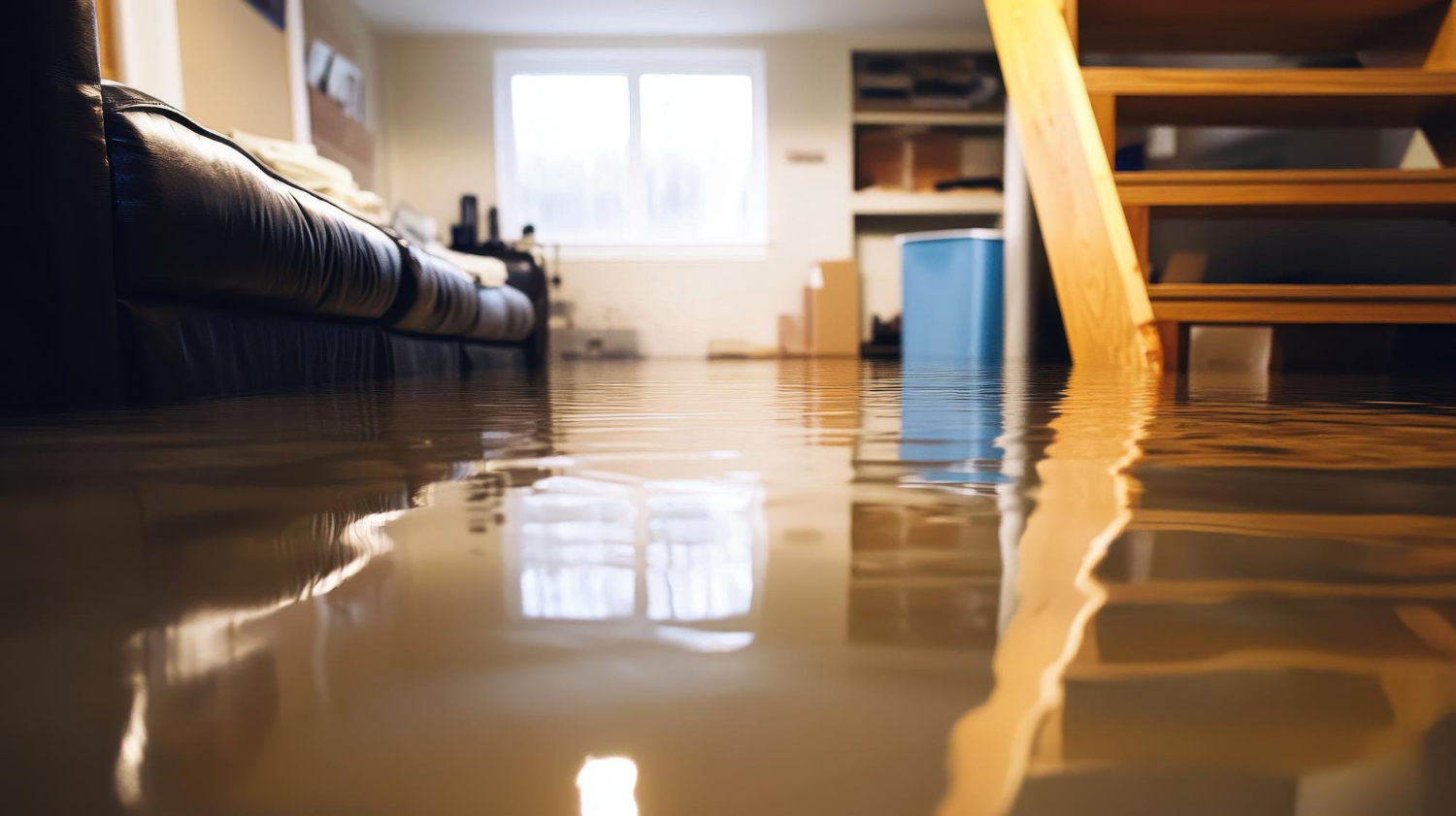When you find a flooded basement, it can feel overwhelming. Water can seep into your basement for several reasons, including sudden heavy rain or unexpected plumbing issues. No matter the cause, it’s something that needs attention right away to prevent any serious damage to your home and belongings. A quick response can make a big difference in minimizing long-term issues like mold or structural damage.
Many people might feel tempted to handle the situation on their own, but it’s often more effective and safer to call in professional help. Experienced cleanup teams have the right tools and know-how to address the problem efficiently. This ensures your basement is properly cleaned and any potential for future problems is reduced.
Immediate Steps to Take When Discovering a Flooded Basement
Finding water where it shouldn’t be is rarely a welcome surprise, yet quick thinking can save you from more complicated problems down the line. Here are a few essential steps you should take immediately if you discover your basement has flooded:
– Turn off the electricity: Safety should always be the first priority. Water and electricity are a dangerous combination, so make sure to switch off power to the basement area to avoid accidents.
– Remove valuable items: If it’s safe to do so, try to get any valuable or delicate items out of the wet area quickly. This could include electronics, important documents, or family heirlooms that you want to protect from water damage.
– Document the damage: Before any cleanup starts, take a moment to document the situation with photos. Detailed pictures can be a big help if you need to file an insurance claim later on. It’s important to capture the extent of the flooding and any items that may have been damaged.
Handling these immediate steps promptly can help you keep a bad situation from getting worse. It’s about securing your belongings and ensuring everyone’s safety while preparing to address the cleanup process efficiently.
Common Causes of Basement Flooding
Basement flooding can happen for several reasons, and identifying the cause is crucial for effective cleanup and prevention. Here’s a look at some common culprits:
– Heavy rainfall or melting snow: Excessive rainfall or snow melting rapidly can overwhelm drainage systems, leading to water finding its way into your basement. If your home is in a low-lying area, this could be a recurring issue during certain seasons.
– Burst pipes or plumbing issues: Aging pipes or unexpected plumbing failures can lead to significant water intrusion. If you notice a sudden increase in water, checking your plumbing might reveal the source.
– Poor drainage or sump pump failure: Your home’s drainage system plays a critical role in keeping water out. If it’s not working correctly, or if a sump pump fails, water can start collecting in your basement.
– Groundwater seepage: Sometimes, water from the ground outside just finds a way in. This can happen when the soil surrounding your foundation gets overly saturated and allows moisture to seep through into your home.
Understanding these causes allows homeowners to take preemptive steps and make necessary repairs, reducing the risk of future flooding. Catching potential issues early is always better than dealing with the aftermath. Properly identifying the source helps direct the best course of action moving forward.
The Flooded Basement Cleanup Process
Once you’ve taken the initial steps to safeguard your belongings and document the damage, it’s time to tackle the cleanup. Restoring your basement involves several critical tasks, each aimed at removing water and preventing further issues like mold. Here’s a general overview of what you can expect:
1. Assess the extent of water damage: Before beginning cleanup, it’s important to evaluate how much water you’re dealing with and any entry points it may have used. Look for signs of structural damage or areas where water tends to pool.
2. Remove standing water: The first step in the physical cleanup process involves getting rid of the water as quickly as possible. Using pumps for larger quantities and vacuums for smaller areas can efficiently remove water. It’s crucial to act fast to limit water exposure to building materials.
3. Dry out the area: Once the water is out, focus on drying the space thoroughly. Ventilate the area by opening windows if possible and use large fans and dehumidifiers to pull moisture out of the air. This step helps to prevent mold growth and reduces dampness odors that often linger.
4. Clean and disinfect: Standing water can introduce bacteria and other contaminants into your basement. Use appropriate cleaning agents to scrub surfaces, ensuring they’re sanitized. This step is key in preventing health hazards and avoiding negative effects on indoor air quality.
Taking these steps helps ensure your basement is returned to its pre-flood state, preventing future surprises and keeping your home safe and comfortable.
Preventing Future Basement Flooding
Understanding how to prevent future flooding can save a lot of headaches down the road. By making a few adjustments to your home’s setup, you can significantly reduce the chances of your basement flooding again:
– Ensure proper grading: Check that the ground around your home slopes away from the foundation. This prevents water from pooling around your basement, which is a common cause of flooding.
– Inspect and maintain your sump pump: Regularly test your sump pump to ensure it’s working correctly. Consider having a backup power source in case of outages during storms.
– Install a basement waterproofing system: This can include sealants and waterproof membranes that add an extra layer of protection against water infiltration. Consult a professional to determine what best suits your home.
– Keep gutters and downspouts clear: Regular maintenance of your gutters and downspouts ensures that rainwater is efficiently directed away from your house. This also helps to protect your home’s foundation.
Implementing these preventative measures can help you rest easy knowing you’ve done everything possible to safeguard your basement from future floods.
Restoring Your Basement and Peace of Mind
Once the water is gone and preventative steps are in place, you can focus on bringing your basement back to its former glory. This involves more than just replacing damaged furniture or updating old systems. It’s about creating a space that feels safe and secure, where you can relax without worrying about the next big storm.
Experiencing a flooded basement can disrupt your peace of mind, but with the right help, you can restore both your home and your sense of security. For reliable assistance in the aftermath of water damage, look into professional flooded basement cleanup. At Top Gun, we offer the expertise to ensure your basement is thoroughly cleaned and restored to its original condition.

